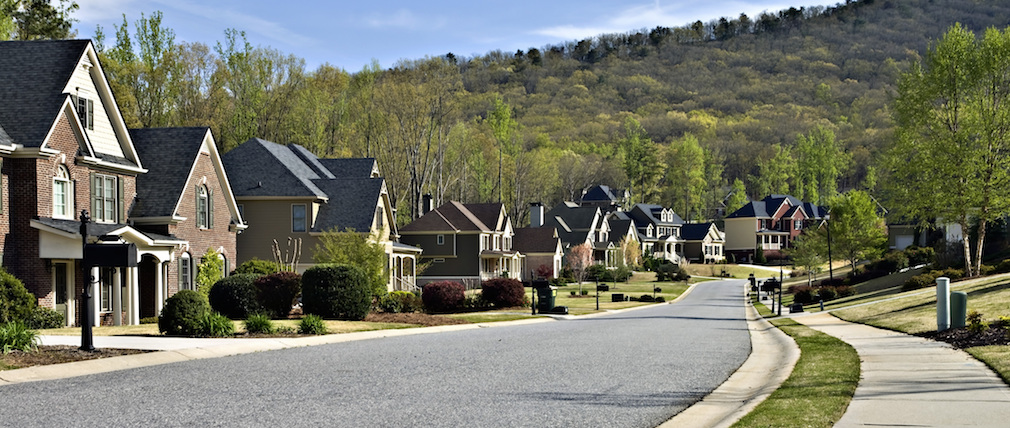While the housing market on the whole has experienced a slowdown, there are some unexpected markets that are heating up.
They’re called the exurbs – or remote areas just beyond affluent suburbs – and Millennials and retirees in areas near Dallas, Atlanta, Las Vegas and San Francisco are flocking to them.
Why?
Because rising home prices and high mortgage rates are driving some homebuyers out of urban centers toward remote locations where homes are more affordable. Plus, low gas prices make longer commutes a bit more palatable.
According to a recent article in The Wall Street Journal, home building and sales in these areas are heating up.
The WSJ quotes yet-to-be-released data from the National Association of Home Builders, which shows that single-family construction in exurban areas rose 7% from last year, compared with just a 3% rise in home building nationwide.
Fannie Mae loan data reveals that these home seekers purchased new abodes located an average of 16 miles from central business areas last year – the greatest distance since 2004.
Fannie Mae Chief Economist Doug Duncan told the WSJ that buyers are simply “having to drive further from the city center in order to be able to afford a house.”
But the last time these exurban areas witnessed such a flurry of activity was during the housing boom, and we all know how that turned out.
The bubble burst, homeowners fled, and these remote areas were left largely abandoned with builders deep in the red.
The WSJ said builders hope to avoid a repeat, noting that “regulators and banks have tightened lending standards to help ensure that demand in these areas isn’t being fueled by speculative investors or lower-income buyers who can’t afford the homes.”
The article also points out that these areas aren’t reliant on subprime mortgages and speculative investment, as they were during the boom.
But that doesn’t mean the trend doesn’t signal the potential for risk.
“Buyers may retreat if growth in the housing market continues to soften and prices fall for homes closer to the city, or if gas prices rise,” the WSJ said. “Builders are also putting up more speculative homes – meaning finished homes without buyers – which could leave them hanging if demand dries up. Given the boom-and-bust nature of the far-flung areas, builders are unlikely to avoid pain altogether if home prices fall.”






